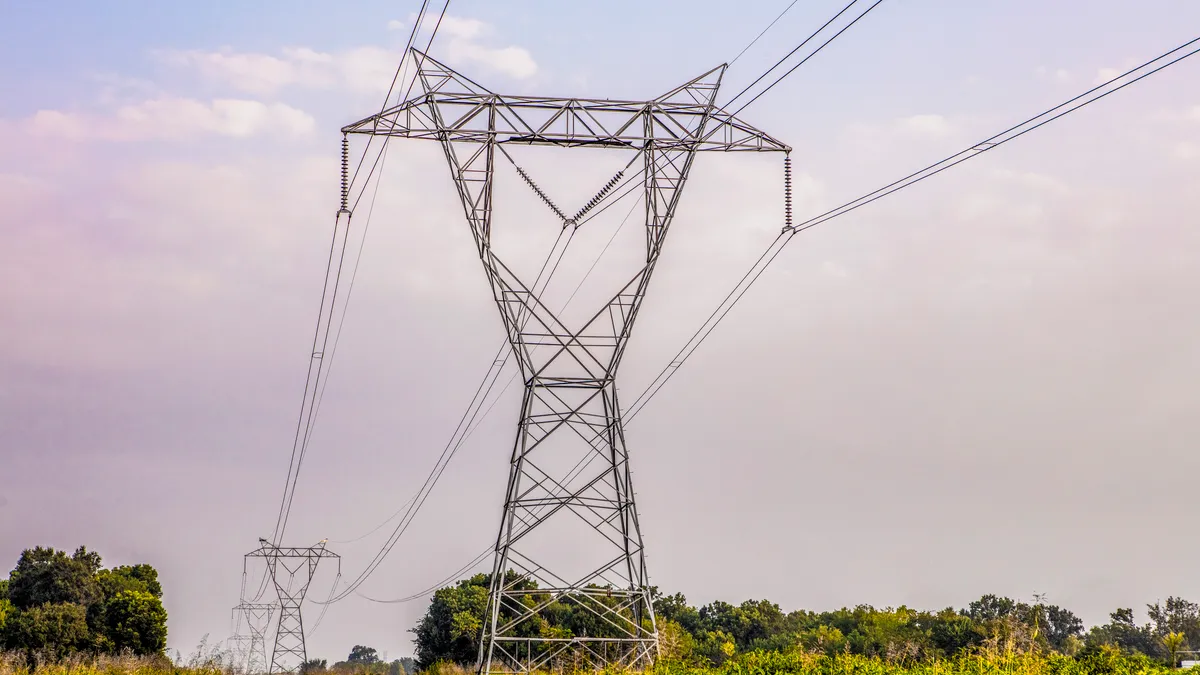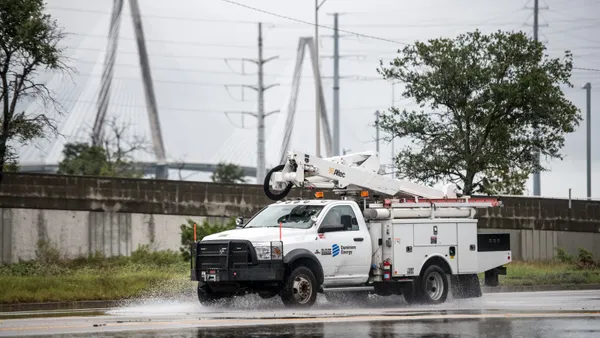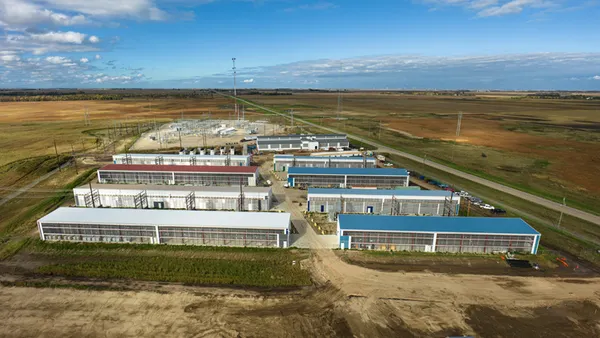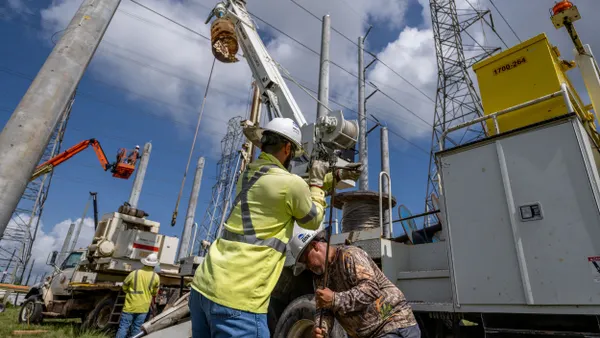Schuyler Matteson is the clean energy planning lead at the New York State Department of Public Service.
As more parts of the U.S. economy shift from traditional fossil fuel combustion toward electricity — from heating systems to vehicles and industrial processes — state regulators, including the New York Public Service Commission, are faced with an increasingly difficult challenge: how to evolve the power grid at the speed the transition demands while ensuring system reliability and affordability.
In New York, where grid infrastructure is among the oldest in the country, that question is urgent. To manage this new dynamic of higher load and lower predictability, New York state is at the vanguard of rethinking how the electricity system is planned and operated. A growing part of that strategy involves grid-enhancing technologies, or GETs, that can directly improve the underlying characteristics of the electricity system. These technologies include dynamic line ratings that allow transmission lines to carry more power under favorable weather conditions, and power flow control devices that can reroute electricity across the network more efficiently, among other innovative solutions. Unlike traditional infrastructure upgrades, many GETs can be deployed in a matter of months rather than years, completely avoiding long, expensive construction timelines, attributes that help improve affordability.
The speed at which GETs can be deployed is perhaps their greatest asset, proving to be one of the only tools to meet the growing demand from chip manufacturing, artificial intelligence and other economic development opportunities as well as electric vehicle charging, distributed energy resource deployment, and electrification. These new loads are coming online more quickly than ever before and present novel operational requirements for grid operators.
In New York, this approach is already being tested in real-time. Along the New York State Thruway — a key public highway corridor for passenger and freight traffic — utilities are working to accommodate a wave of fast-charging electric vehicle hubs that dramatically increase the electricity demand at service areas. A typical EV charging station with eight 350-kilowatt chargers can draw more electricity than 1,000 homes, with demand that spikes and recedes in a matter of minutes, potentially exceeding the available capacity at the site. Through its proactive planning proceeding, the New York PSC recently approved a project that leverages mobile energy storage units as GETs for reliability and peak management on-site.
The deployment of GETs means that the system can accommodate the chargers five years ahead of schedule at one sixth of the cost. The approach offers a flexible way to bridge near-term needs without locking in permanent, potentially oversized infrastructure, which is especially important in this rapidly changing policy landscape.
But of course, deploying GETs does not happen overnight; it requires careful planning to maximize the efficiency and cost-effectiveness of these investments. To scale these kinds of efforts, the PSC has launched new planning processes that integrate GETs more systematically. Through various proceedings, such as proactive planning, transmission planning, Grid of the Future, and the advanced technology working group, New York is building a regulatory framework that treats these tools as core components of grid development, not afterthoughts.
For now, New York’s strategy is being watched by other states facing similar pressures, offering a new model for how to make investments in our grid more affordable and timelier — not just by building more infrastructure, but by getting smarter about how we use what we already have. New York is eager to collaborate with other jurisdictions to share successes and lessons learned. Although our portfolio of efforts is designed to be comprehensive, we are eager to learn more.
The confluence of pressures — from demand growth, aging infrastructure and electrification — are only exacerbated by acute changes in federal policy, further challenging states and utility commissions to identify and deploy solutions quickly and cost-effectively.
Collaborations through planning alliances, data sharing and documenting best practices can help fill this gap. Prioritizing proactive planning with GETs can help protect ratepayers and support energy affordability while pursuing the benefits of economic development and electrification. New York State is committed to making that happen.














